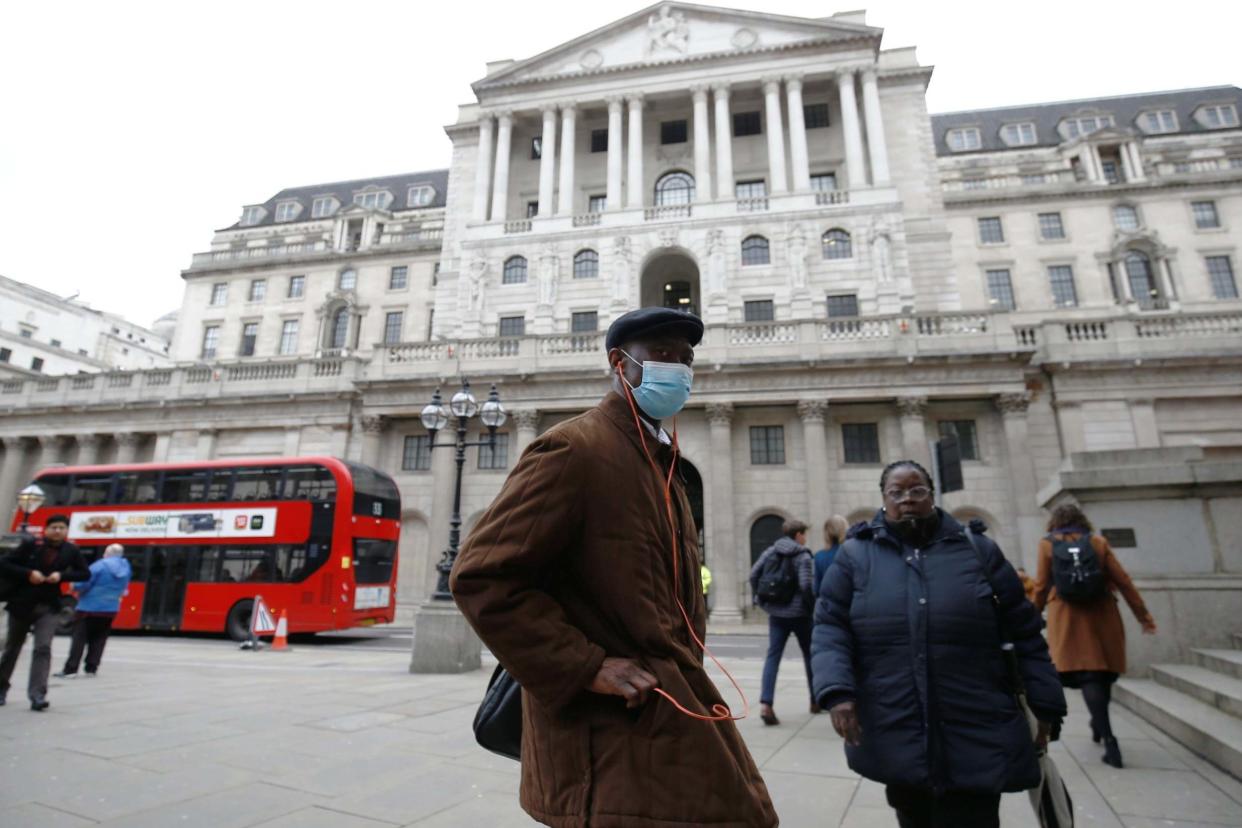Bank of England Deputy Governor says no to negative interest rates

Bank of England Governor Deputy Sir Dave Ramsden has spoken out against negative rates.
His comments come as the debate over interest rates hots up.
“For me, I see the effective lower bound still at 0.1 which is where Bank Rate is at present," Sir Dave Ramsden told the Society of Professional Economists (SPE).
"At present, negative policy rates would be less effective as a tool to stimulate the economy."
The BoE said this month it would look at how it might be able to implement negative rates if they were needed, building on an announcement in August that the option was part of its toolbox.
One of the BoE’s nine interest-rate setters, Silvana Tenreyro, said in a newspaper interview published over the weekend that the investigation into whether negative rates might help the economy had found “encouraging” evidence.
Ramsden said in his interview with the SPE that there were some jurisdictions where negative rates appeared more effective than in the euro zone and Japan, but their usefulness depended on the economic cycle and the structure of the banking system.
The BoE cut interest rates to a record-low 0.1% in March, and until this year it had always ruled out negative rates, saying they would hurt Britain’s banks and building society lenders.
But the scale of the COVID-19 hit to the economy, and the possibility of the UK failing to strike a trade deal with the European Union, have forced the BoE to reconsider.
Ramsden said interest rates on households’ bank deposits tended not to fall below zero when central banks pushed their benchmark rates into negative territory - which could hurt banks as the gap between lending and funding rates would narrow.
Britain’s banks were also likely to be hit by higher loan losses soon as borrowers struggle to cope with the coronavirus hit, he added.
That represented a different phase of the economic cycle to when the European Central Bank introduced negative rates, which took place during a recovery phase.


